When the grid goes down, especially in winter, having a way to heat your home becomes more than a comfort—it’s a necessity. Luckily, there are many ways to stay warm without relying on electricity. Whether you’re dealing with a short-term outage or living fully off the grid, knowing how to heat your space can be a lifesaver. In this guide, I’ll walk you through some of the most practical methods to keep your home warm using resources that don’t require any electrical power. From low-tech, reliable solutions to alternative fuel sources, these heating methods can help you stay comfortable and safe when it matters most.
1. Use a Wood-Burning Stove or Fireplace
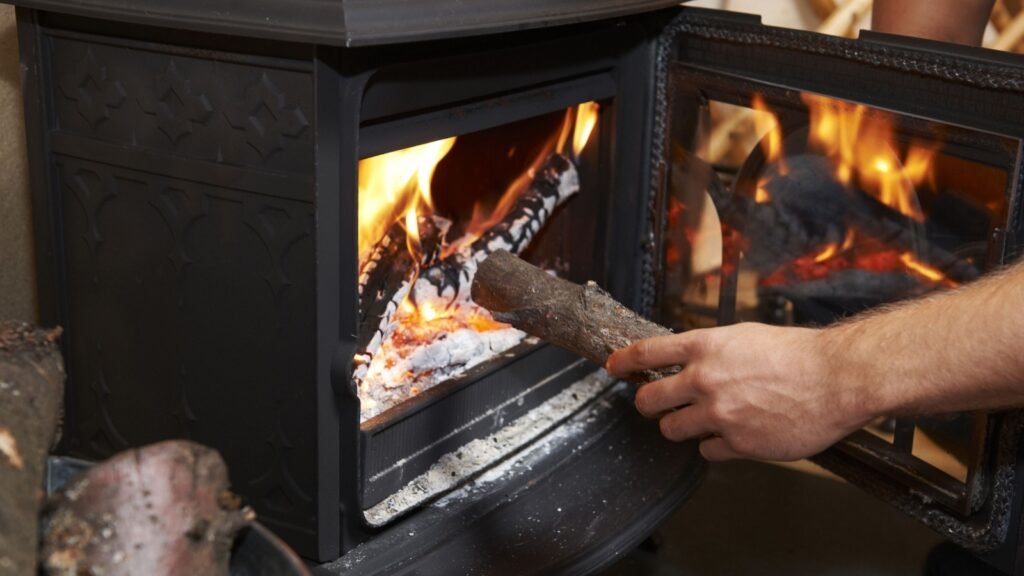
Wood-burning stoves and fireplaces are classic off-grid heating options that have kept homes warm for centuries. They don’t require electricity and can provide reliable, long-lasting heat. The key to efficiency here is proper ventilation and a good stockpile of seasoned firewood. For the best results, make sure your wood is well-dried to avoid excess smoke and to maximize heat output. If you don’t already have a wood-burning setup, they can be a worthwhile investment, especially in colder climates.
2. Invest in a Propane Heater
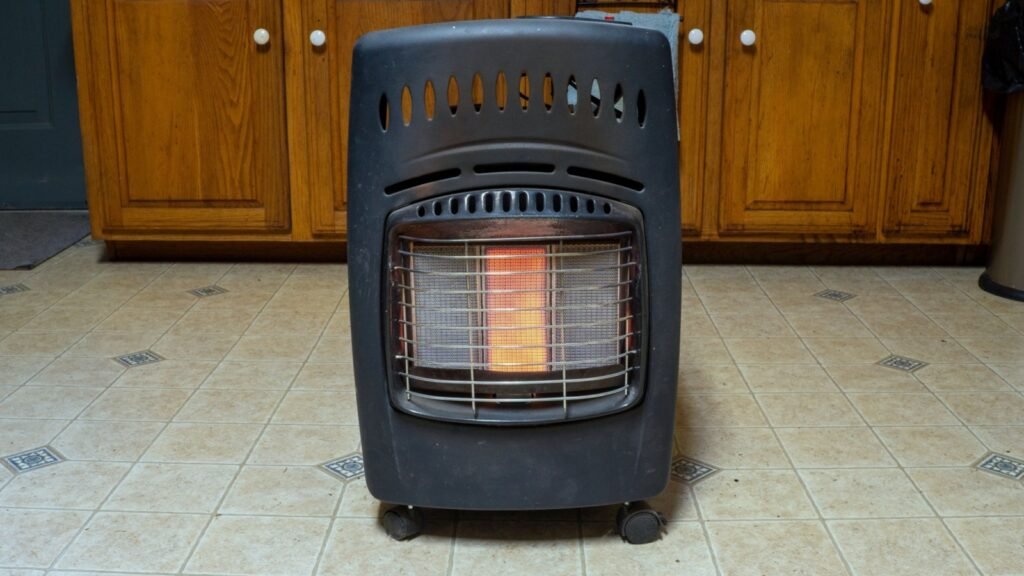
Propane heaters offer a flexible and efficient way to heat your home off the grid. Portable and easy to set up, propane heaters are fueled by tanks of propane that you can store in advance. Many models are vent-free and suitable for indoor use, though some require ventilation for safety. Look for units with built-in oxygen depletion sensors and other safety features. These heaters can provide hours of heat, but remember to monitor ventilation to avoid carbon monoxide buildup.
3. Try Kerosene Heaters for Reliable Heat
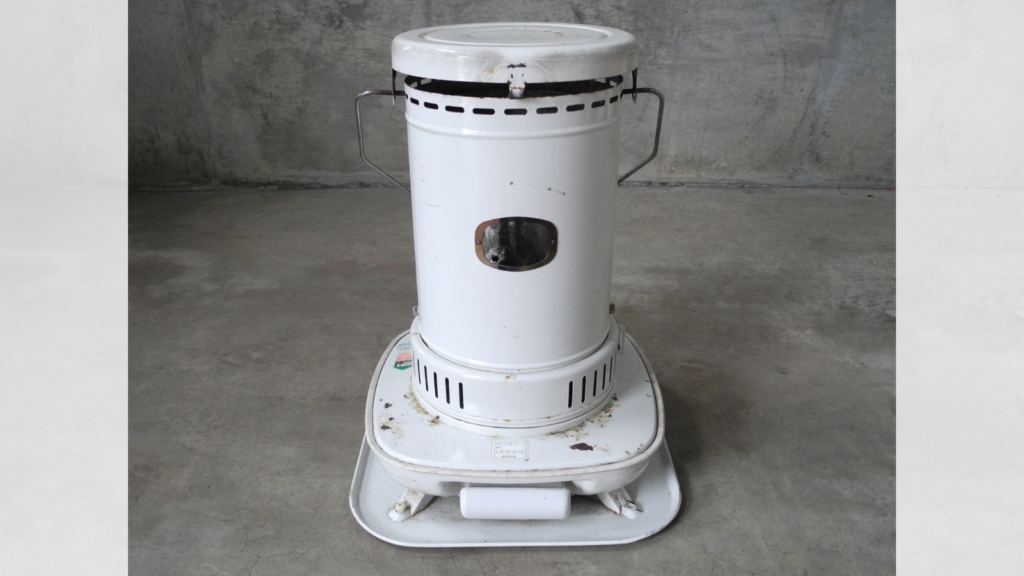
Kerosene heaters are another popular choice for off-grid heating. Kerosene is a dense, efficient fuel that can keep a heater running for many hours. These heaters are easy to find, portable, and relatively affordable. Keep in mind that kerosene heaters need to be operated with care, as they produce fumes and require proper ventilation. Always follow manufacturer guidelines and place them on a fireproof surface to ensure safety.
4. Build a Rocket Mass Heater for Extreme Efficiency
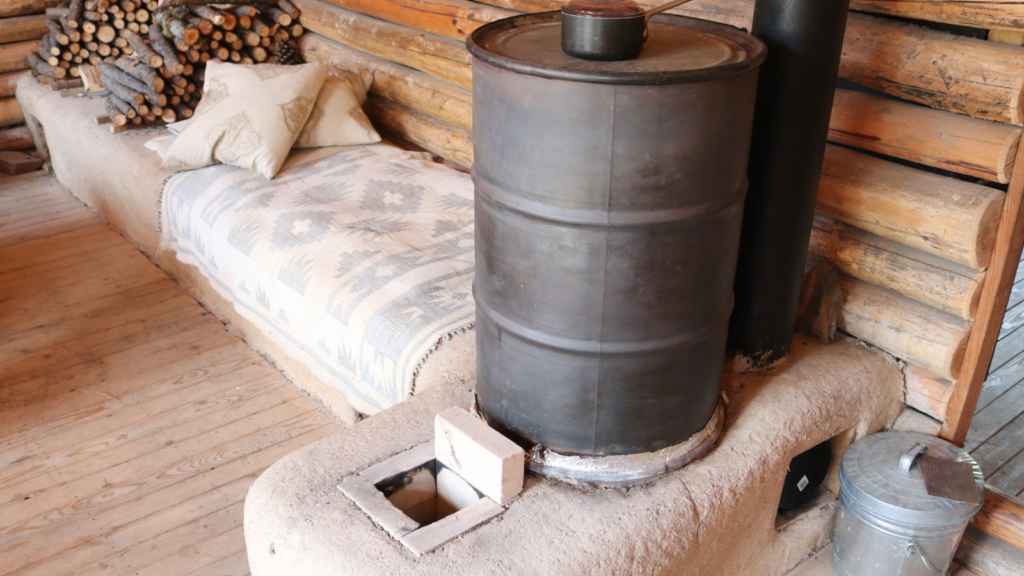
Rocket mass heaters are an innovative way to maximize heat output with minimal fuel. These DIY-style heaters use a unique design that burns small amounts of wood very efficiently, allowing the heat to be retained in a thermal mass, such as clay or cob. This thermal mass absorbs heat and releases it slowly, keeping your home warm long after the fire goes out. Rocket mass heaters require some construction and space but can be an amazing low-tech solution for off-grid living.
5. Take Advantage of Passive Solar Heating

Passive solar heating doesn’t require fuel or electricity—just good planning and design. By maximizing sunlight and insulating your home effectively, you can capture and retain natural heat during the day. Techniques like adding south-facing windows, using thermal curtains, and installing materials with high thermal mass can make a noticeable difference. Passive solar heating works best as part of a well-insulated home, and while it might not provide all the heat you need, it can be a great supplementary option.
6. Use Heavy Insulation to Retain Heat
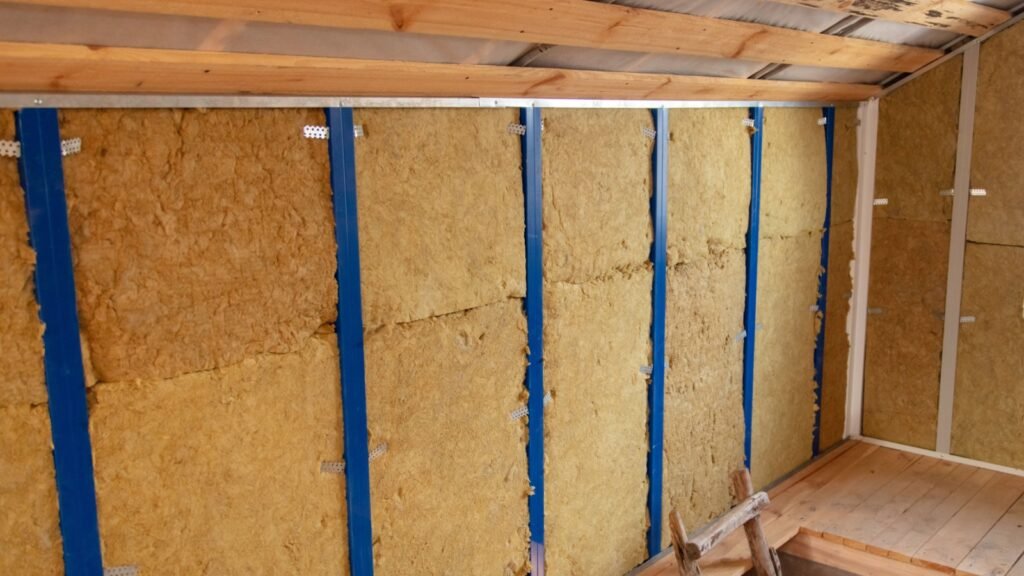
Good insulation is one of the best ways to stay warm without extra energy. By trapping heat and blocking cold air, insulation helps your home retain warmth longer, meaning any heating source you do use will be more effective. Focus on insulating walls, floors, windows, and ceilings with materials like foam, wool, or fiberglass. Adding thermal curtains, weather stripping, and rugs can also help keep warm air inside and cold drafts out.
7. Consider a Masonry Heater
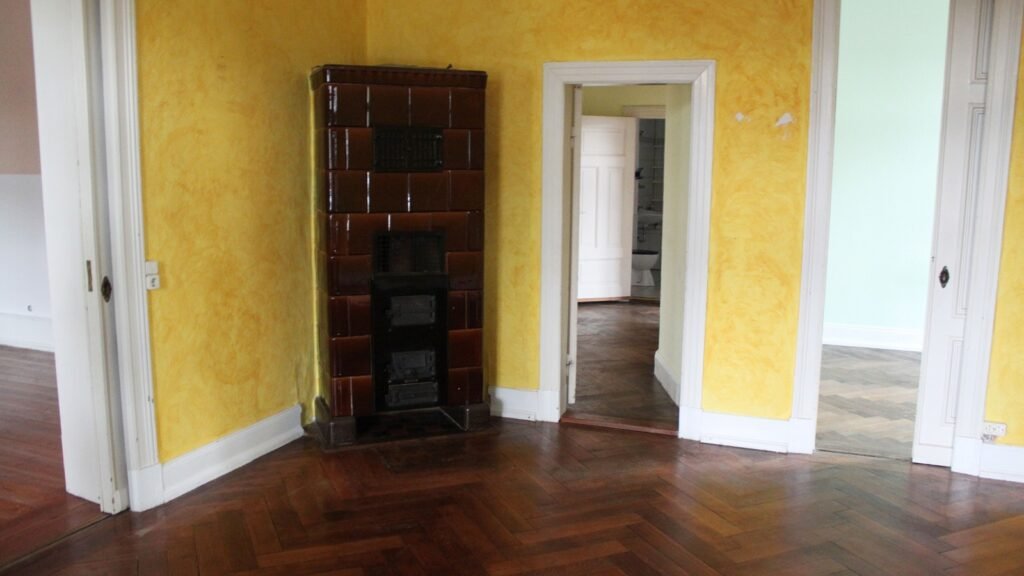
A masonry heater is a large, wood-burning stove that stores and slowly radiates heat. Unlike traditional wood stoves, masonry heaters are designed to burn wood very hot, creating minimal smoke and leaving behind a high level of residual heat in their stone or brick structure. They’re built into the home, which makes them a long-term investment, but they can heat a space for hours after the fire has gone out. These heaters are ideal for cold climates where reliable, long-lasting heat is needed.
8. Rely on Body Heat and Small, Enclosed Spaces

When other options are limited, you can create heat by conserving the warmth your body naturally generates. Enclosing yourself and your family in a smaller, insulated space can help concentrate body heat. Layering clothing, using thermal blankets, and even creating a “warm zone” in a small room can make a significant difference. This approach isn’t ideal for severe cold but can help when conditions are moderate and other options aren’t available.
9. Utilize Candle and Clay Pot Heaters
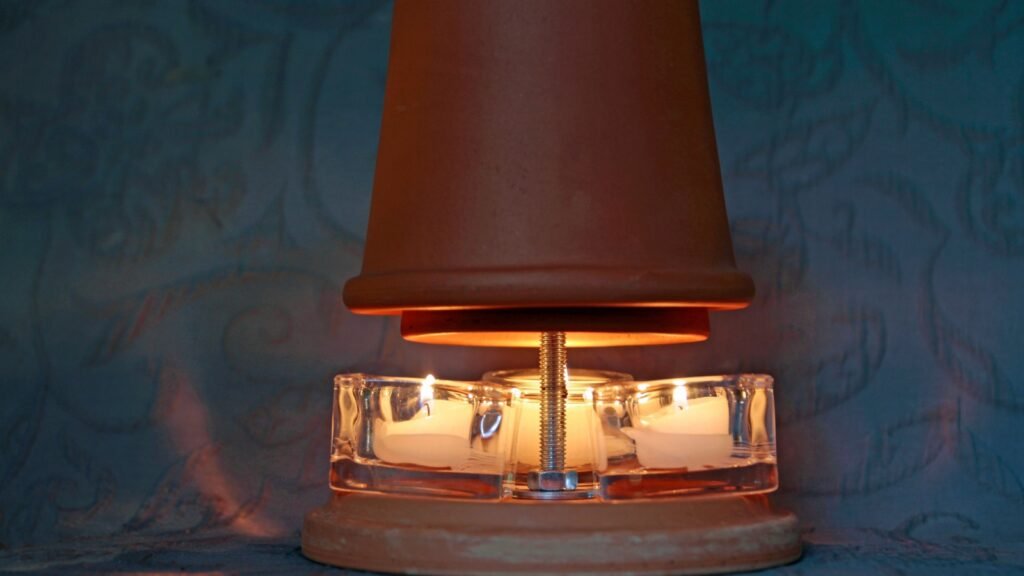
Though they’re not designed to heat large spaces, candle and clay pot heaters can provide a small amount of warmth in a pinch. By placing a few tea light candles under an inverted clay pot, you can create a simple, makeshift heater that radiates heat. These are best for very small areas or when you just need to take the edge off the cold. Always supervise candles and keep them on a safe, fire-resistant surface.
10. Try a Heat-Powered Fan for Even Distribution
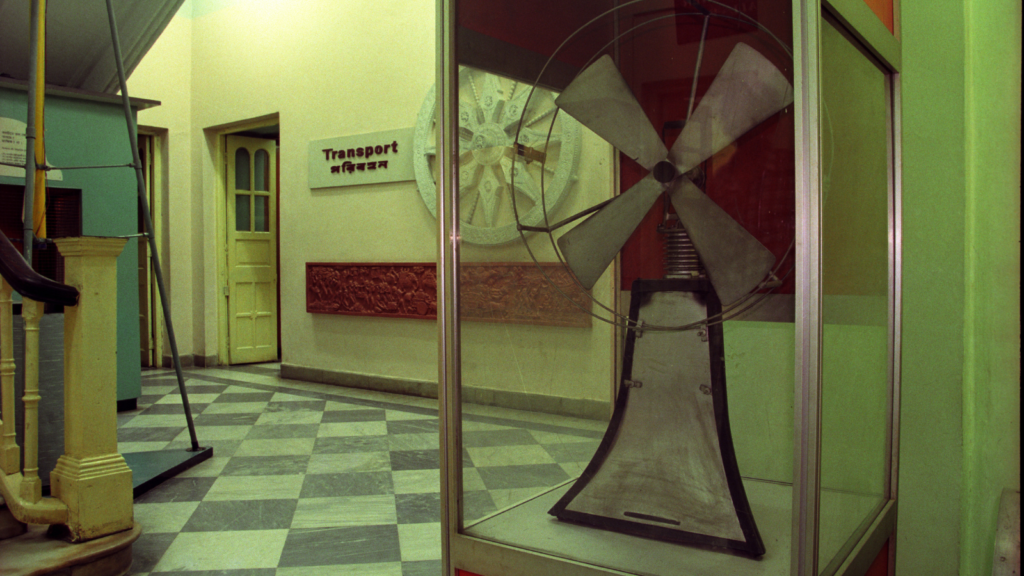
If you’re using a wood stove or other heating device, a heat-powered fan can help circulate warmth more effectively. These fans don’t require electricity; they operate from the heat itself, directing warm air throughout the room. This can make a big difference in keeping the entire area warm, not just the space near the heater. They’re simple, effective, and add a touch of comfort to off-grid heating setups.

